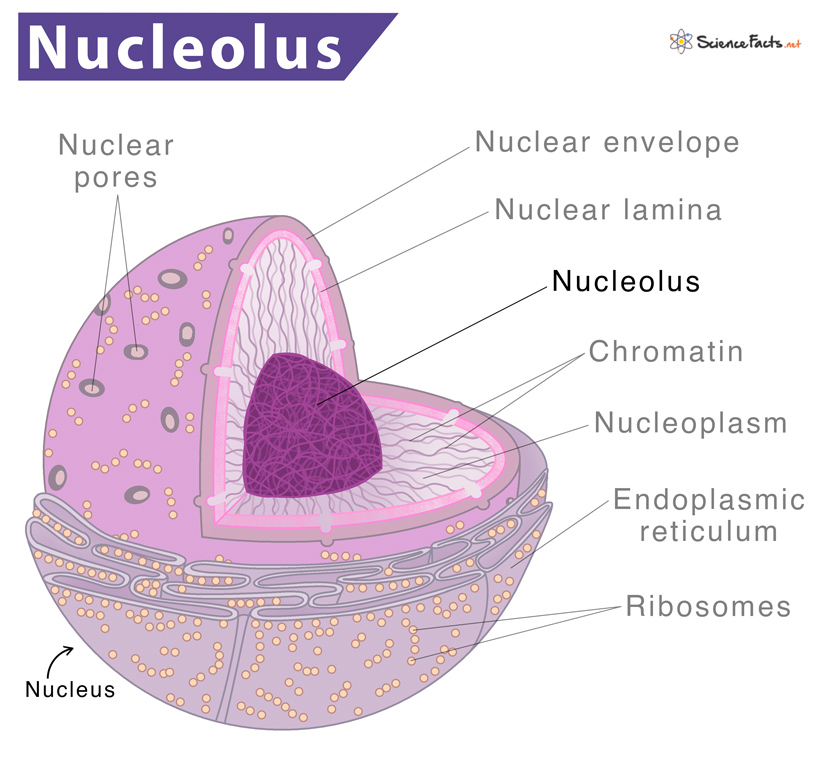Eukaryotic cells, plant or animal, often contain a single nucleolus, though several are also possible. The exact number is fixed among the members of the same species. Each human diploid cell contains only one nucleolus formed at specific chromosome sites known as nucleolus organizer regions (NORs). The DNA found at chromosomal NORs encodes the genes for ribosomal RNA (rRNA). At the start of mitosis, the single nucleolus disappears and is again reassembled from 10 smaller nucleolus-like structures that develop from the NORs during the telophase and early G1 phase of the cell cycle.
When was the Nucleolus Discovered
Structure
Functions
Additional Information
Apart from the above three ultrastructures, plant cells also contain nucleolar vacuoles containing fluids and water. The organization of the nucleolus can be studied using techniques such as fluorescent protein tagging and fluorescent recovery after photobleaching (FRAP). The nucleolus contains the machinery necessary to assemble the cell’s ribosomal RNAs (rRNAs). RNAs are then transported through the nuclear pores into the cytoplasm. They then combine with proteins and become part of the ribosome by assembling the ribosomal subunits. A complete ribosome being the site of cell’s protein synthesis, the nucleolus also plays a vital role in making proteins. Apart from the above vital functions, the nucleolus also regulates cell cycle, growth and development, senescence, telomerase activity, gene silencing, responses to biotic and abiotic stresses, and biogenesis of multiple ribonucleoprotein complexes. Malfunction of the nucleolus is responsible for human diseases called nucleolopathies. It thus acts as a target for cancer therapy.
